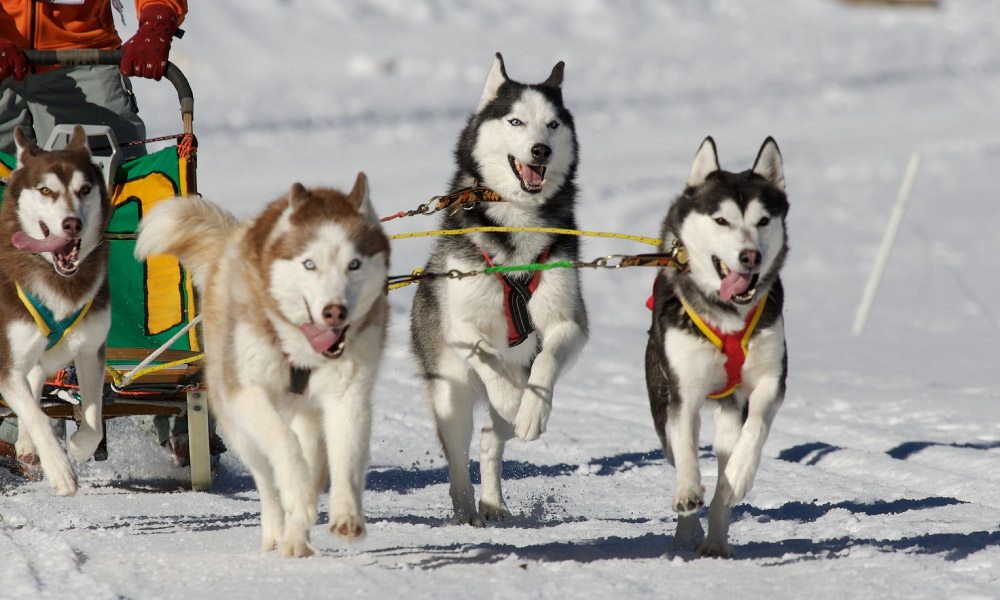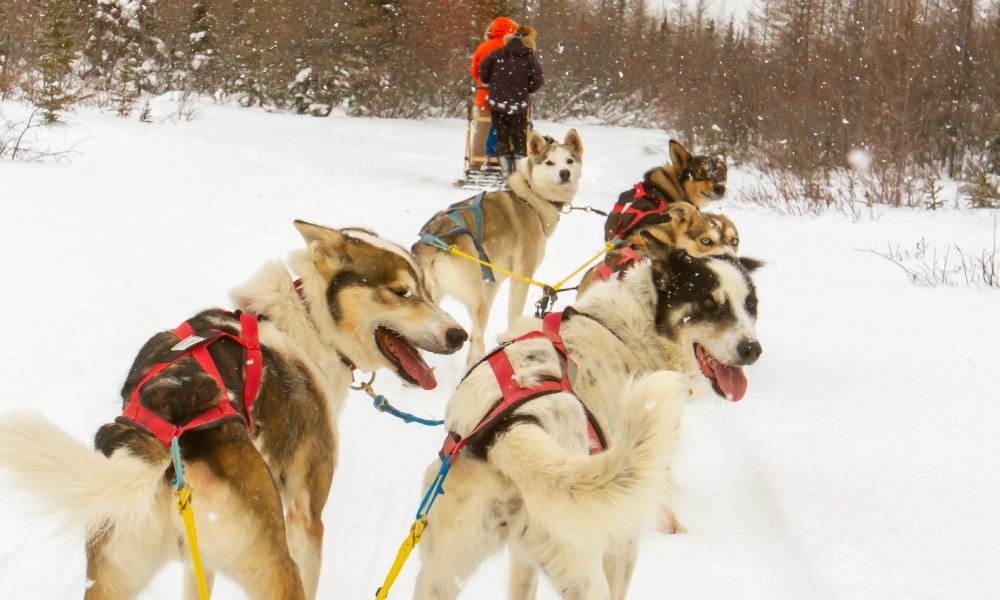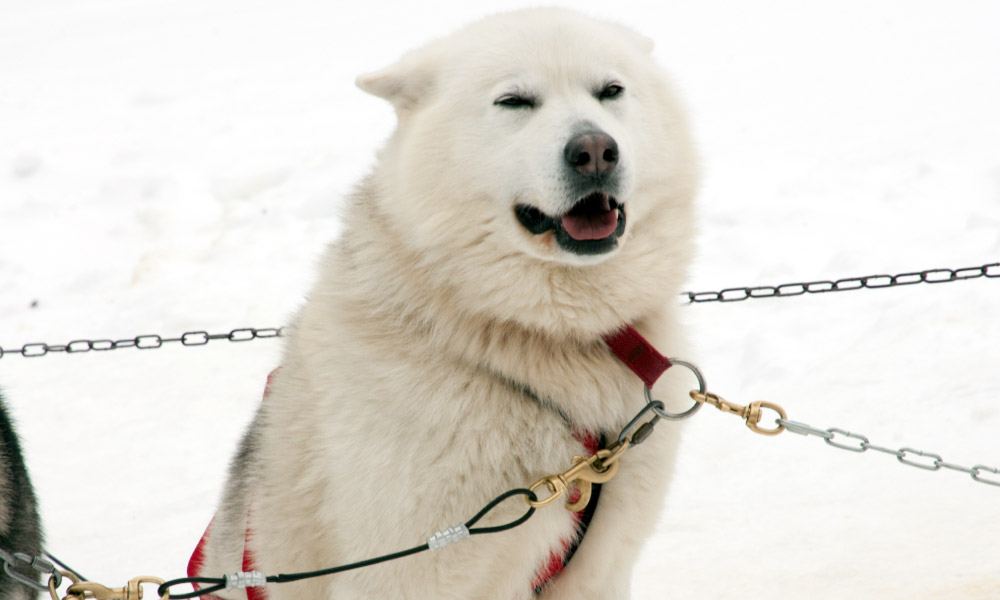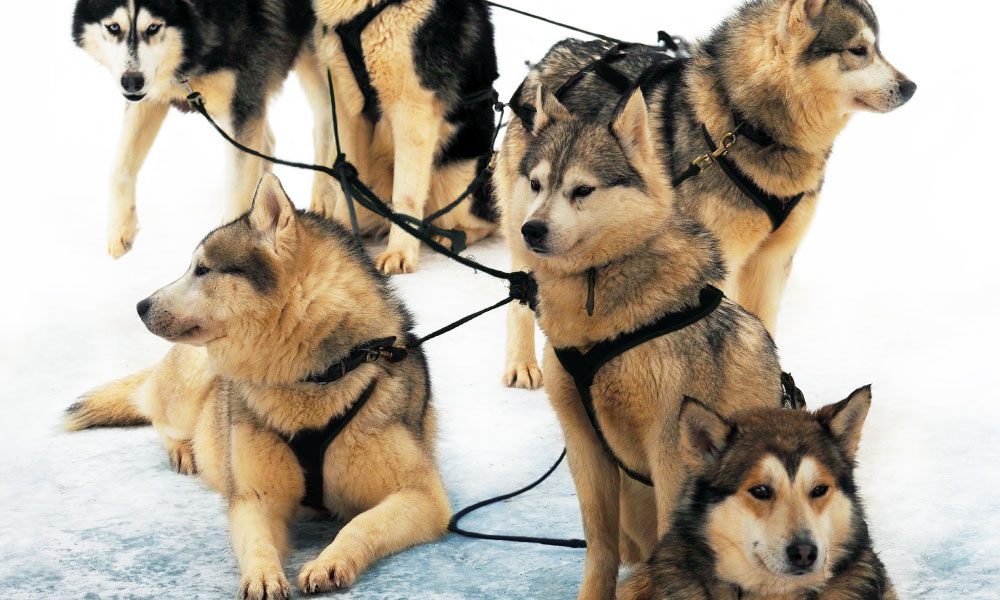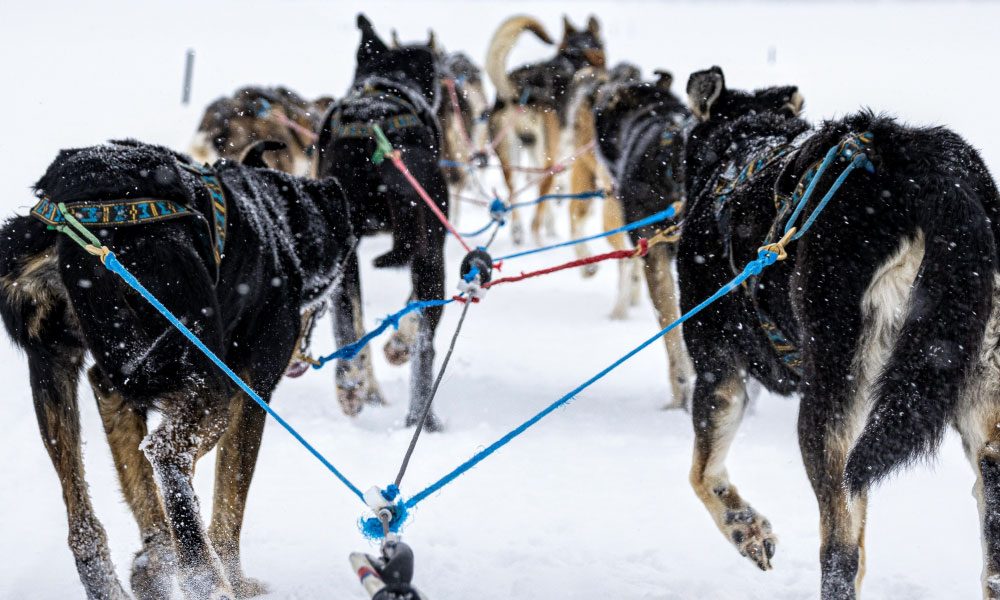
Positioning the Team
Leaders must first concentrate on team design by focusing on team member roles and responsibilities. Many organizations fail because of poor interaction between management team members whose roles are not defined or are in conflict with each other. Poor interaction produces poor results.
One of the most important responsibilities of the Musher is making sure that the dogs are positioned in the right places within the team. The characteristics of the dog determine where they should be positioned. Certain dogs are even bred and groomed to be in certain places within the team. There are three areas the dogs can be positioned relative to the sled.
Lead Dogs
There’s a certain type of dog who really wants to be out in front and wants to lead, which wants to pull and has the confidence of the rest of the team. That dog is very unhappy if he is too close to the sled and is looking up the rear ends of the other dogs.
Middle Dogs
Dogs that prefer to be in the middle are consistent and know how to pick up slack. They tend to be the heavyweight lifters. They also tend to be the strongest and are the ones most content knowing that someone is behind them and someone is in front of them. Everybody needs middle dogs. Some middle dogs ultimately can become the lead dogs, some middle dogs ultimately fall back to becoming sled dogs.
Sled Dogs
Then there are the dogs that are close to the sled that feel the closest to the Musher. They like the security of the sled and they like that hardware behind them, but they’re also the first to slow down the sled if it’s going too fast. They’re the ones that want to be close to home: they want to do their job, they’re very protective.
More on specific roles and positioning with a glance at Meyers-Briggs in future blog posts.
Sometimes it’s not evident which dogs are going to fit perfectly into these different roles. However, with a little time and attention, the dogs will show you where they want to or should be positioned within the team. Also, because dogs are dogs, they tend to be a little more transparent about who they don’t like, who they want to fight, and who are their buddies.
You do a great disservice to the dogs and to yourself if you position in front two great lead dogs that don’t like being next to each other. It’s really hard to rectify that because at the end of the day you can’t really reason with dogs. So you’re better off making sure that your dogs are situated with other dogs that they really like to be with. Fit is everything.
At end of the day you probably can’t reason with a team of human beings either if they just don’t like each other. You can work on trying to figure out the root cause of the disagreement, what is the cause of the unhappiness, but sometimes there’s little you can do about that. As a leader, you can best help yourself and your team when you communicate expectations about role behaviors up front. As a caretaker you must facilitate positive relationships between your team members, and move definitely when they are failing to resolve dissention among themselves.
Otherwise, you have may have a dogfight on your hands.
New? Start here.
Stay in the Know
Sign-up to get our latest articles delivered right to your Inbox.
"*" indicates required fields
